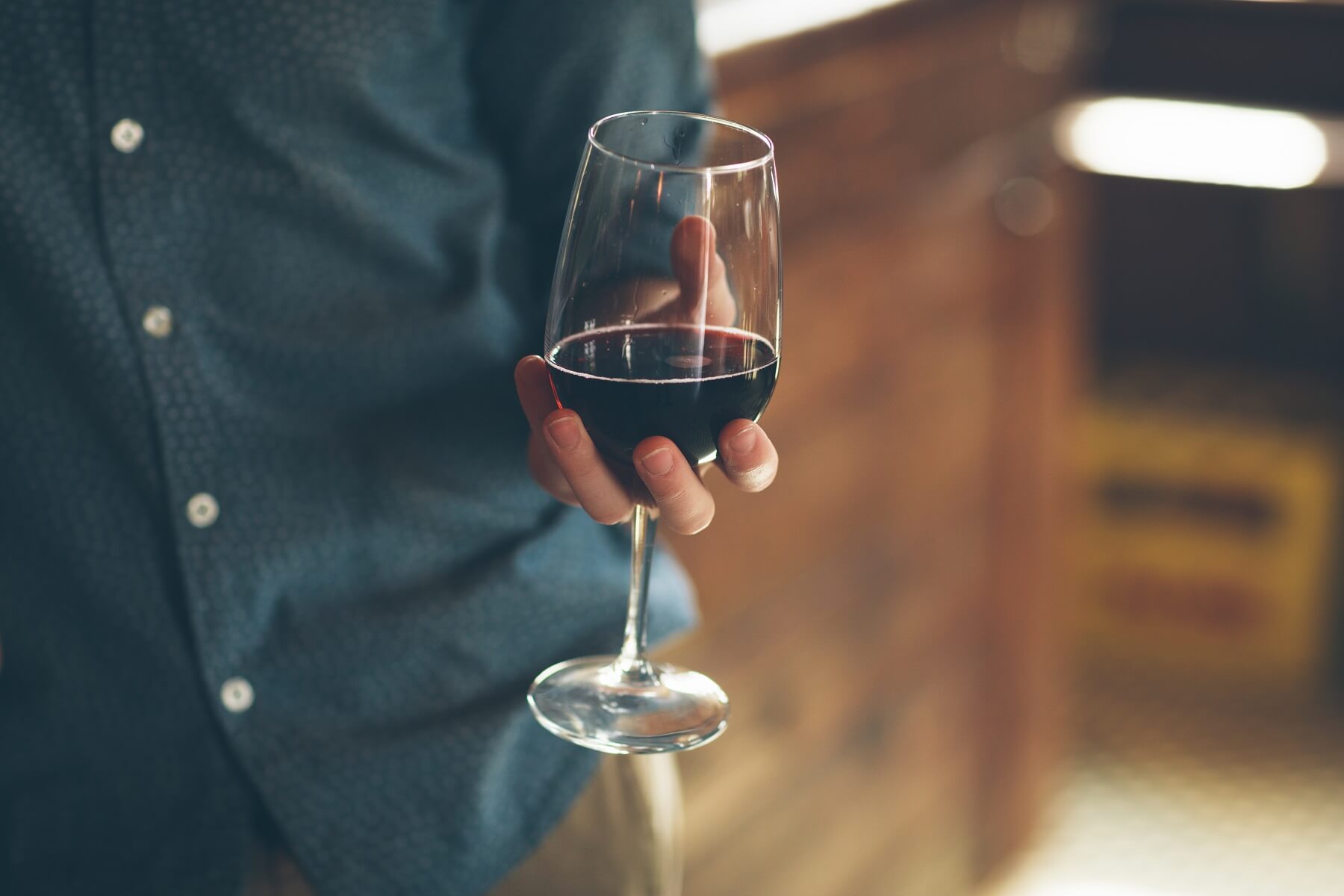

No matter how much the wine industry wants us to believe that authenticity and tradition are at the heart of the wines they produce, it is still an industry. Here are some ‘tricks of the trade’ that can help you avoid certain bottles and get the memorable, delicious, unique wine you deserve.
Wine - perhaps more so than any other food or drink - is a substance of contrasts. Light and dark, sweet and dry, impossibly expensive and a household staple, ancient and modern, unbelievably complex and beautifully simple.
However tempting it is to romanticise wine, though, it’s sometimes worth remembering that the world has changed a lot since the old days when vast barrels of plump grapes would be gathered by honest farmers, trampled underfoot by the village maidens, and glugged in vast quantities by men and women in rustic village taverns.
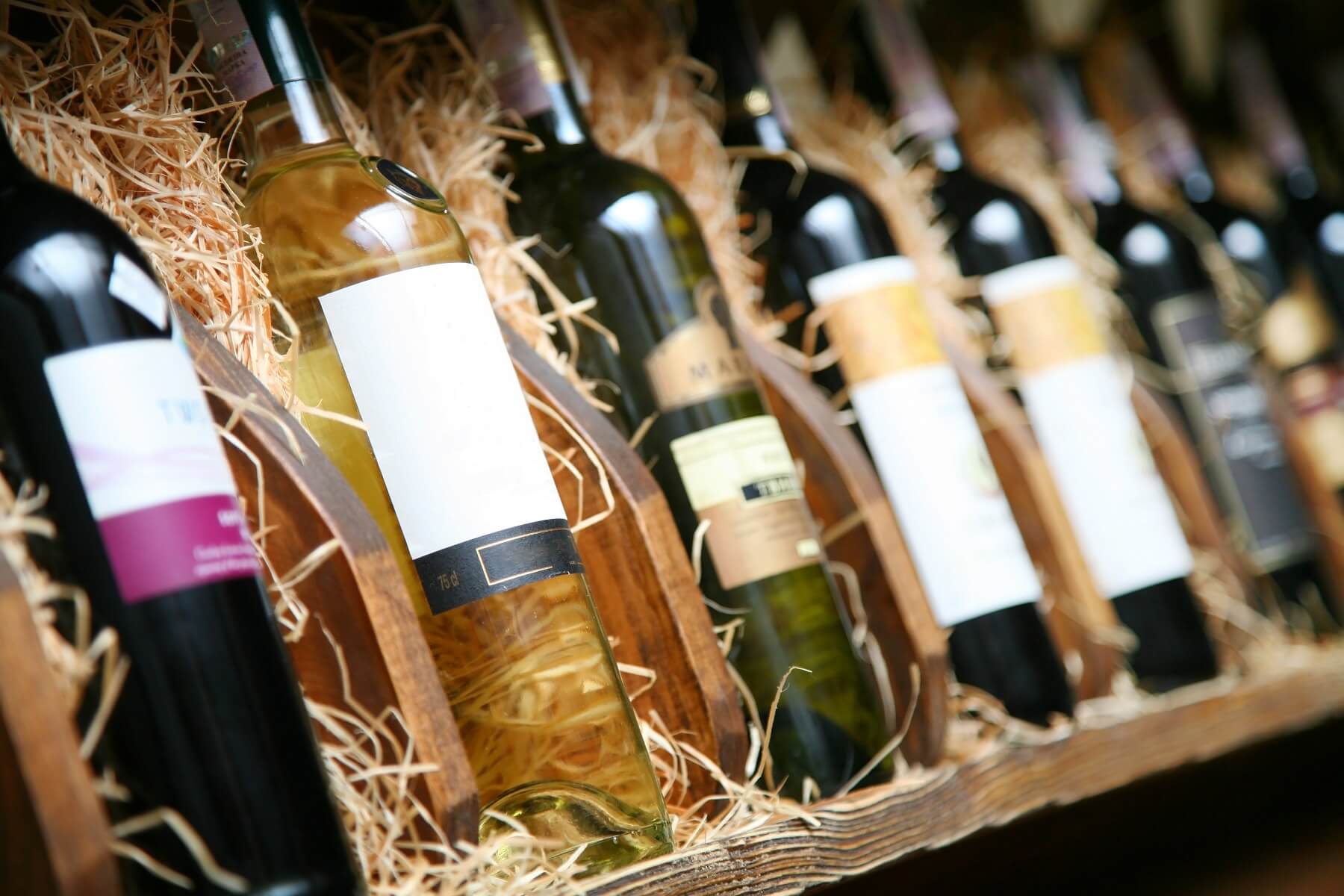
No matter how much the wine industry wants to consistently lead us to believe that authenticity and tradition is at the heart of all the wines they produce, we should bear in mind that it is still an industry. As such, we should approach the marketing spiel with a touch of cynicism, and do all we can to support the little guys, the independents and the underdogs, who are the ones truly keeping alive the ancient art and craft of winemaking.
That’s not to say that all small, independent wineries are producing great wines all the time - of course not, that would be far too easy! Likewise, not every large-scale wine producer churns out undrinkable rubbish.
However, there are some ‘tricks of the trade’ that, once known, can help you out when it comes to avoiding certain bottles and consistently getting yourself the kind of memorable, delicious, unique wine you deserve.
Don’t Believe Everything You Read
As we have discovered endlessly over the past twelve months or so, ‘fake news’ is absolutely everywhere. You need to take the world as you read it with a hefty pinch of salt, and nowhere more so than when you’re being asked to hand over money for something.
Unfortunately, the noble world of wine is far from immune when it comes to misleading labels, doublespeak, buzzwords and meaningless nonsense designed to impress us and part us with our cash.
There are plenty of words and pieces of terminology you find on lots of wine labels which are, quite literally, meaningless. My personal favourite is ‘reserve’. What is a reserve wine? Nobody knows. It’s just one of those words which looks good printed across the bottom of a label, and it’s far from alone in the lexicon of confusing-but-vacuous nonsense big wine companies love to take advantage of.
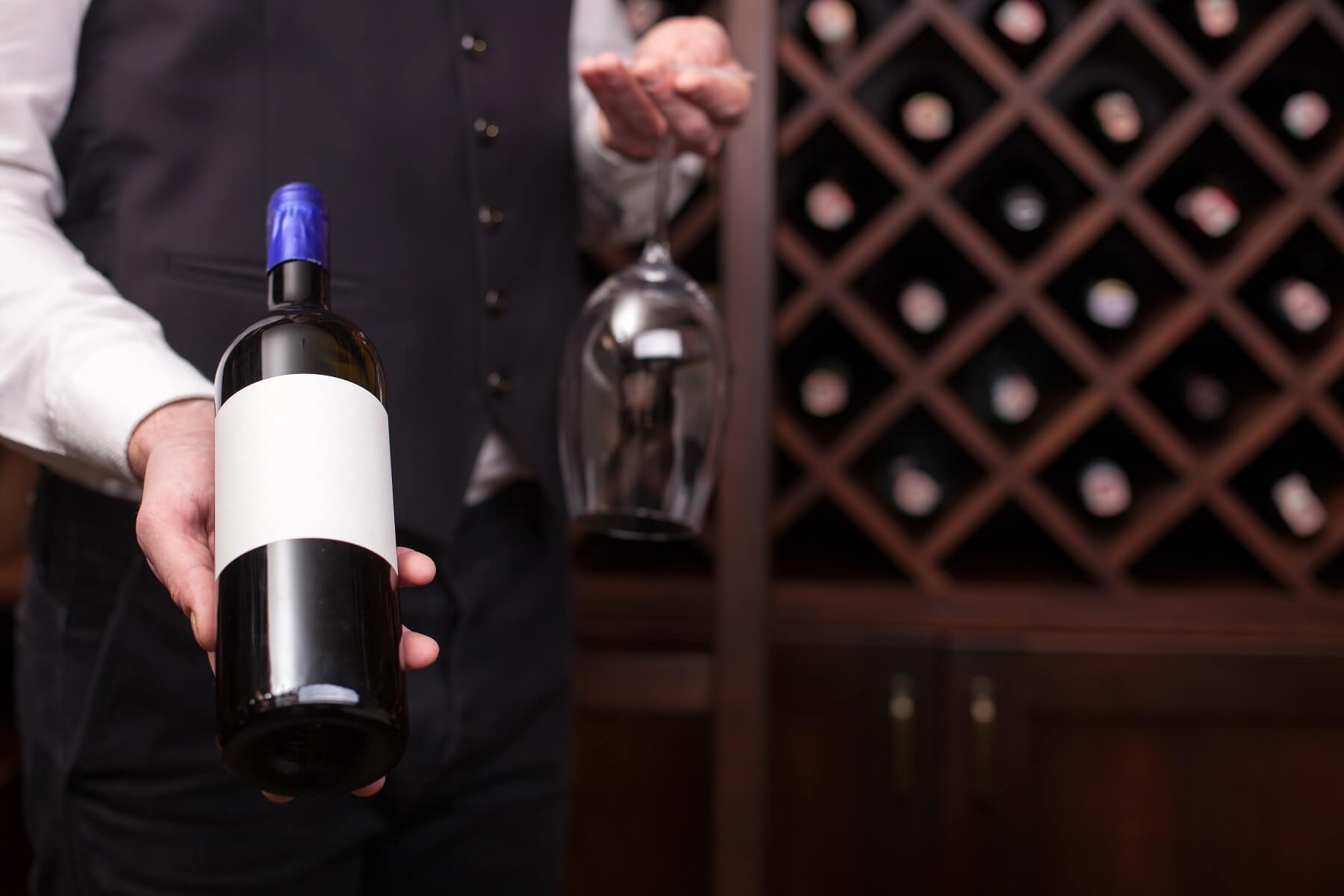
However, this isn’t quite as insidious as wine companies making the most of the many loopholes which exist in wine labelling laws around the world. For example, did you know that in order to label a wine as a vintage, you only need 95% of grapes from that year included in the blend?
Or that in order for a wine to be labeled with a particular varietal (such as ‘Merlot’ or ‘Cabernet Sauvignon) in most countries, it only needs to be made up of 75% of that particular grape? On top of this, don’t forget that there are plenty of wineries which source their grapes from the very peripheries of famous wine regions, grown on poor quality vineyards planted purely because of their proximity to more prestigious vines, in order to stick a famous name on the label and double their price tag.
These aren’t all necessarily bad things guaranteed to produce low-quality wines. However, they do demonstrate a particular sort of sneakiness and corner-cutting dishonesty which is rife in the food and drinks industry, especially among the massive, multinational conglomerates, whose aim is - surprise, surprise - not to make wonderful wine experiences, but rather to make a load of money.
Wine with Dirty Secrets
Fine wine making is an expensive business, and one of the greatest expenses for traditional wineries is the purchasing of genuine oak barrels. This is why they are re-used, or sold on to whiskey distilleries etc for exorbitant sums of money.
However, does this really excuse wineries faking the oak ageing process by injecting their vino with oak essence? This practice is actually very common indeed, and there’s a considerable fight-back going on in the ‘natural’ wine community.
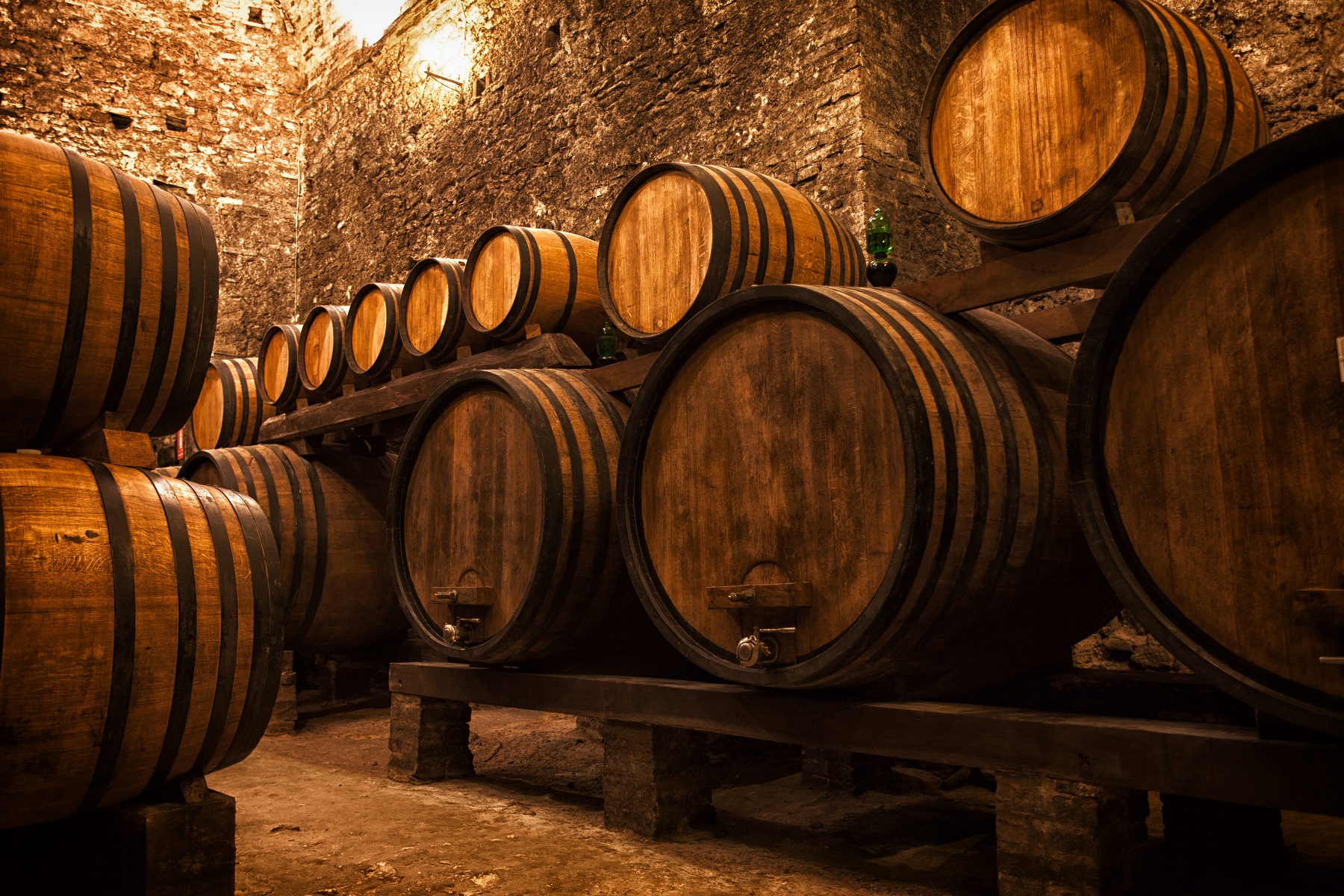
Oak extracts are made by soaking chipped pieces of oak in spirits, which is then blended with the wine to add a touch of oaky flavour. It certainly tramples the rather romantic view we have of murky cellars, piled high with vast, dusty barrels… but this isn’t even the worst thing many big wine companies with their eyes on their profit margins will do to cut costs.
Dyeing wines with deeper, more attractive colourants is reasonably common, as is using flavour enhancers and concentrates to cover up weak flavours and insipid blends. If there was ever a reason to believe that ‘you get what you pay for’, then this is a fairly convincing argument.
The simple fact is that wine made with love, patience, and expertise, from grapes grown in excellent quality, low-yielding vines in prime locations isn’t going to appear in your wine store for $5 a bottle.
Rare is Beautiful
Wine is full of markups in price. From the extra digit bolted onto the end of the price label of average bottles in your local trendy wine bar, to the ‘by the glass’ options at every restaurant from here to Timbuktu which have an average price increase of 300%... there’s plenty of opportunity to make money if you’re on the merchant end of the business funnel.
The biggest markups in the industry, however, come out of the handful of famous regions in the wine world. You know how The Rolling Stones now comfortably charge hundreds of dollars for a concert ticket nowadays, despite the fact they haven’t made a worthwhile record in about forty years? Well, there are plenty of wine regions also riding on former glories and reputations of greatness, without necessarily having the consistency or power their price tag suggests (sorry, Mick).
Napa Valley is the most famous culprit for this, being a large wine region with plenty of sub-standard sub-regions which use the name of the location they sit in to shift overpriced bottles worldwide, but Champagne is another great example of a wine region which isn’t really much better than its competitors and neighbours, and yet commands consistently higher prices.
Seek out the rare, the weird, the unusual, the under-appreciated. Aim for the equivalent experience of catching the original Stones lineup, at an early ‘60s show, in an underground London pub with only a handful of other people there… and all for the price of a takeaway sandwich. Now that’s special.
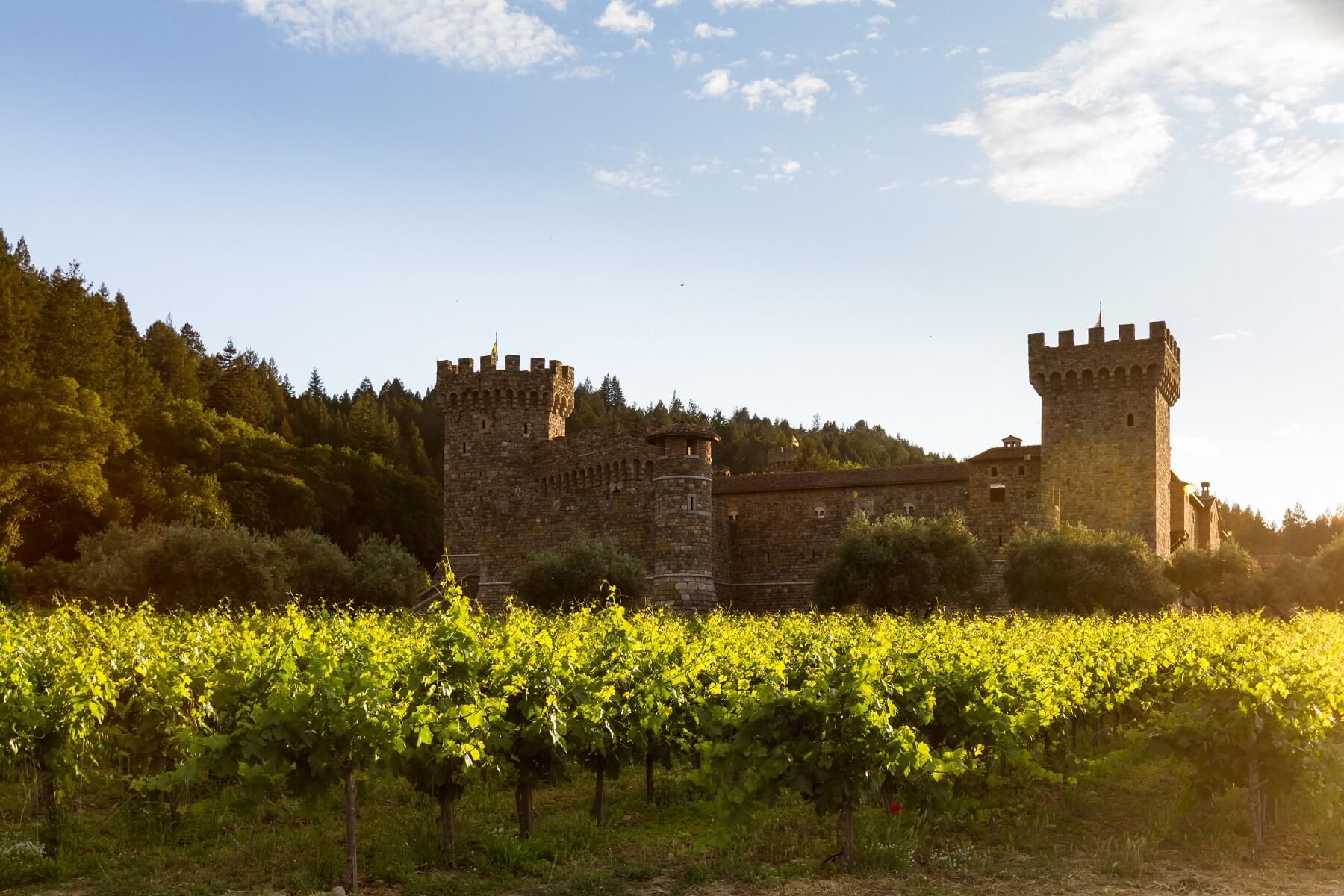
So there you have it -- some 'tricks of the trade' to help you pick only the good-quality wines that you deserve.
It's now time to get into an exciting wine adventure with these tips in mind! Start off with our wine palate quiz and we'll tell you our top 3 recommended wines according to your taste!
Click here to take our Wine Palate Quiz and match your personal tastes to your top three wine recommendations
Do you know your wine personality? If your answer is no, take our quiz to find out which wines to pick up next and build your box!
Build my box





